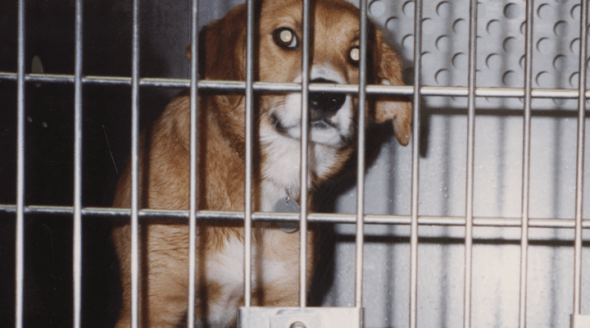Spreading Deserts
(Key Stage 2: Geography)
Pupils should be taught about an environmental issue raised because of a change in the environment. (6e)
The Meat Link
FACT: Since 1960, more than 25 per cent of the forests of Central America have been cleared to create pastureland for grazing cattle. This contributes to desertification and global warming.
FACT: More than 60 per cent of the world’s rangeland has been damaged by overgrazing of livestock over the last 50 years.
FACT: Each year, nearly 1.5 million acres of land around the world are virtually lost to desertification.
FACT: The Sahara Desert has been moving steadily southward at a rate of 30 miles per year, engulfing once fertile rangeland.
FACT: Six-sevenths of the eroded soil in the United States is directly attributable to cattle and feed-crop production.
FACT: A Western meat-based diet uses two and a quarter times more land than is needed for a vegetarian diet and four times more land than is necessary for a vegan diet.
FACT: An area the size of five football pitches can produce enough meat to feed two people, maize to feed 10 people, grain to feed 24 people or soya beans to feed 61 people.
FACT: It takes between 20 and 30 gallons of water to produce an edible pound of tomatoes, potatoes or carrots. For the same weight of beef, it takes 5,214 gallons.
![]()
Activity One
From the Sahara Desert to the Dust Bowls of the American Midwest, the landscape is changing. Areas that were once lush, green and fertile have become barren wastelands where nothing will grow. And these deserts are spreading year by year. How? Here’s a clue from the World Watch Institute: ‘As overgrazing becomes the norm in much of the world, rangelands are being pushed to their limits and beyond.’
Using the Internet, research the link between the meat industry and desertification further. Write an essay entitled: ‘How Does the Burger in Our Bun Affect the Environment?’

